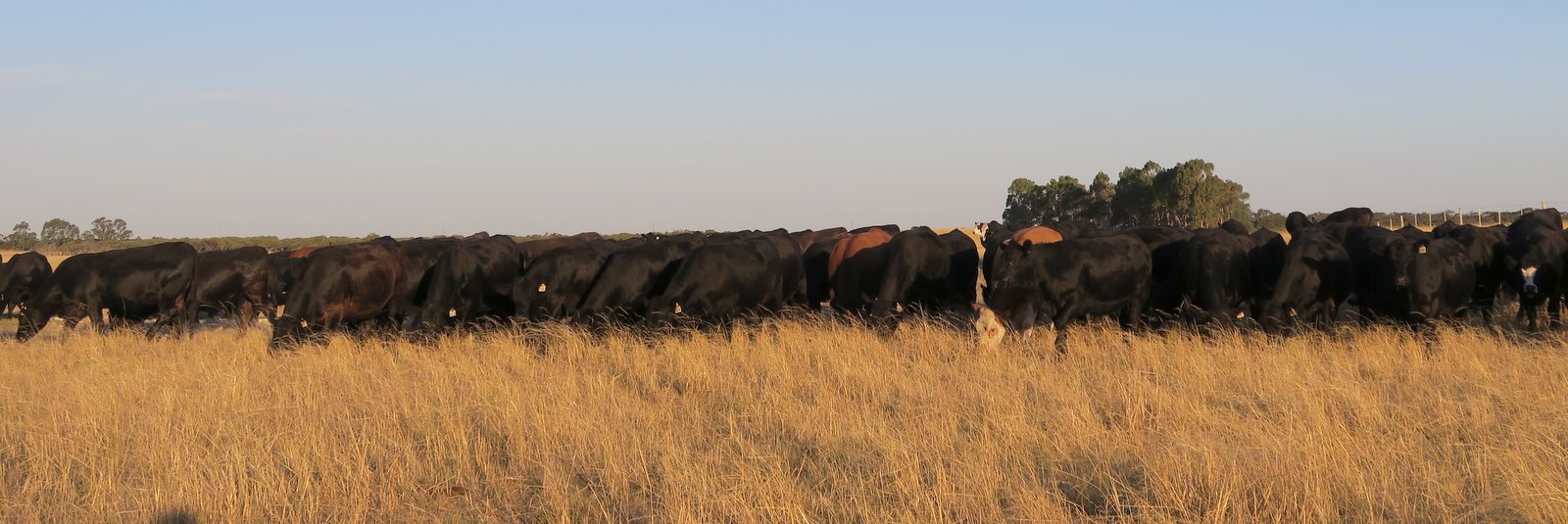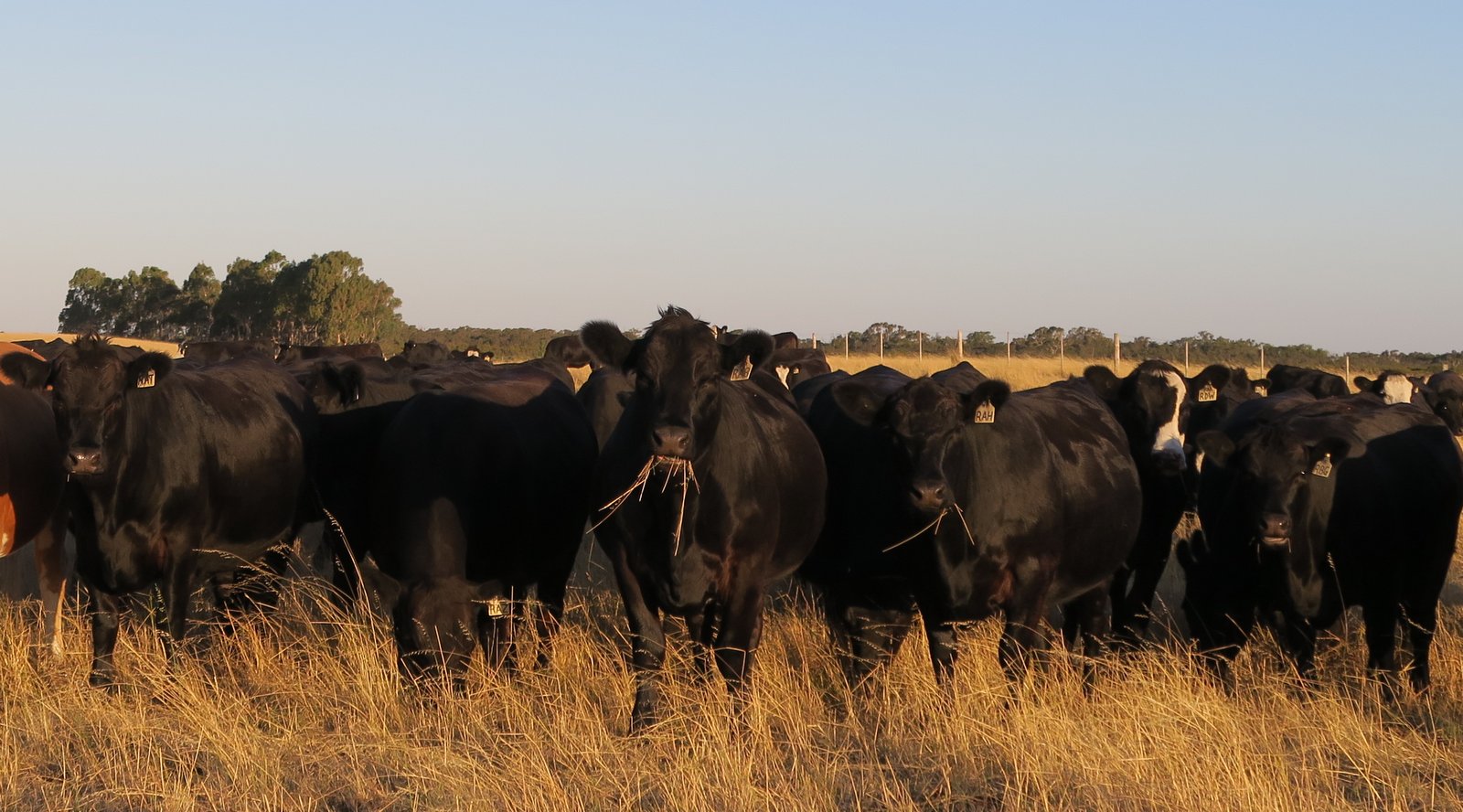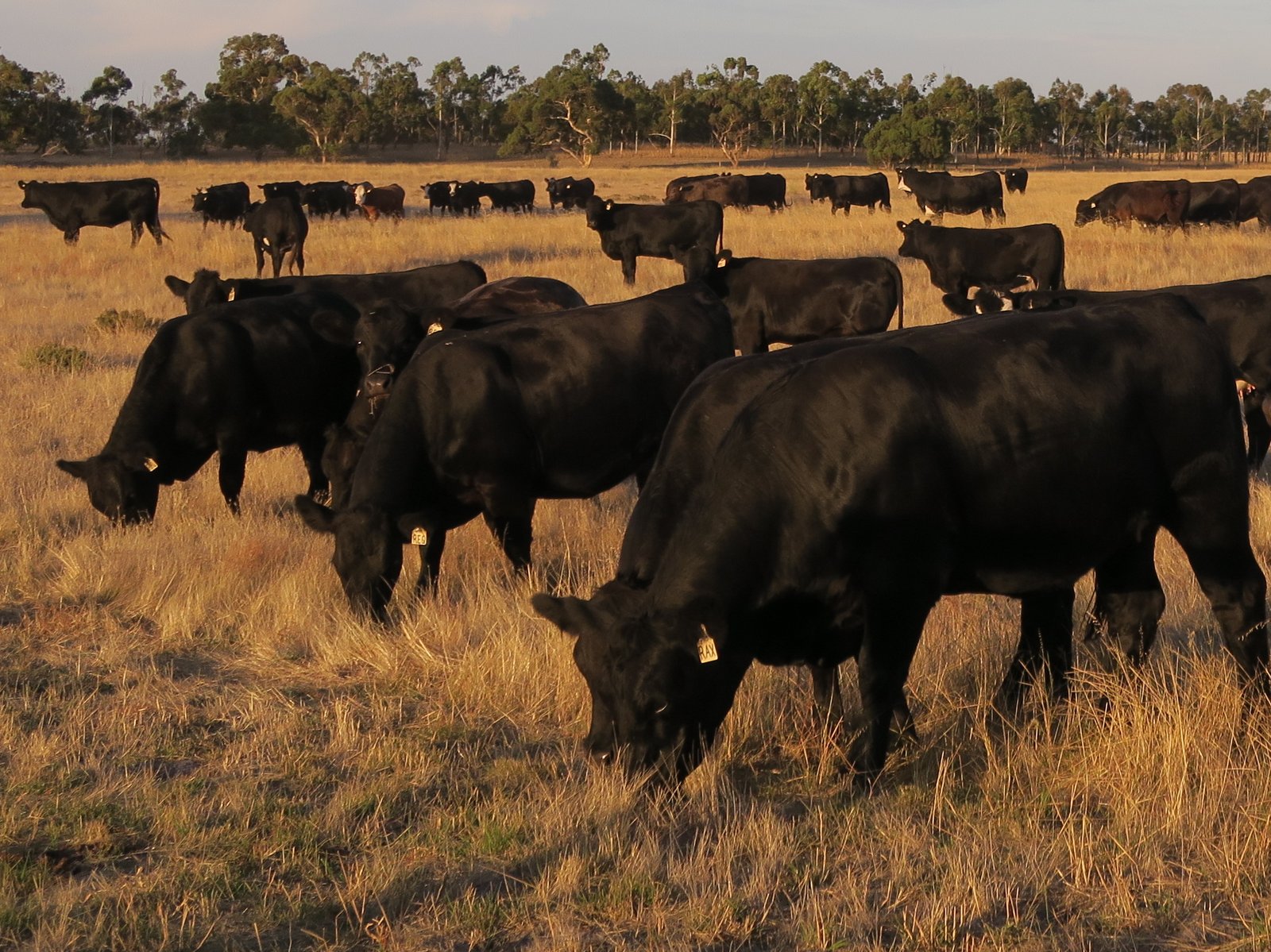Duck Island
Introduction:
Duck Island is a wild and magnificent stretch of land in watercourse country midway between Keith and the Coorong in an area that was known as the Ninety Mile Desert.
After I came to live at Duck Island in 1976, I used to say that Duck Island’s wide, interdunalwatercourse flats would get inundated, late winter into spring, in 3 years out of 5. Lack of rainfall, a declining watertable and, for over a decade and after 650km of digging, a pathologically ridiculous, $100m government drainage project, has meant that Duck Island hasn’t had a flood in more than 20 years.
The land that Duck Island Partners (DIP), Lesley Forwood and I, now manage has grown to more than 7,000ha, of which 3,000ha remains high conservation status native vegetation. We have had a Cooperative Environmental Management Agreement, signed by us and the Minister, Department for Environment, enabling us to jointly manage the native vegetation of Duck Island and of neighbouring Gum Lagoon Conservation Park as a single entity. It is a highly functional model for pro-active native vegetation management.
At present DIP are running 3,000 composite cattle (Angus x Simmental x Poll Hereford genetics), calving more than 1,000 animals each year, half in the autumn and half in the spring. DIP is MSA and EU accredited and has targeted the lucrative European market for many years. More recently DIP’s cattle have been accepted into the Pasturefed Cattle Assurance Scheme (PCAS), being certified pasturefed, HPG free and antibiotic free.
Duck Island Composites:
The character and performance of DIP composite cattle are proof of the fact that diversity is strength in every detail of cattle breeding.
In Australia, loyalty to breed dominates. It’s how the system works: breed societies with their own EBV’s, stock agents who don’t step outside the square, as well as sale and show opportunities which are comprehensively stacked towards purebreds.
It takes an open-minded, innovative and astute cattle judge to take on the productivity and profit of composite cattle.
With the introduction of electronic tagging, the recorder linked to the scales in the cattle yards, and the appropriate computer programme, the management of composite %’s is not a problem. DIP’s single sire mating herds, for example, are designed in the office, matching the % of the cows and the % of the sires to deliver the desired % make up of calves. Our most common animal is a 50% Angus, with 35 – 43% Simmental, and the remaining % Poll Hereford.
DIP aims to maximise the British breed conformation of wide hips, a low tail set, correct fat depth and volume muscle pattern with the larger framed, leaner, faster-growing Simmental, the milking cow of Europe. While DIP is not colour-prejudiced, we are a thoroughly commercial operation which acknowledges the supremacy of homozygous black and homozygous polled animals in the marketplace. The vast majority of the DIP herd are black and almost all are polled.
For DIP, good temperament is the No 1, absolutely essential trait. There is no point in having a bad temperament animal on the farm.
Good structure is the No 2 trait demanded across the entire 3,000 head herd. A critical eye and a stringent culling process is a requirement at all times and for all ages. No animal is exempt, no feet trimming and no second chance for empty females.
No 3, all the performance traits – backed by computer information – are constantly evaluated. Age, for example, is not an impediment to continuation in the herd, but falling weigh-gains certainly are. Indeed, fertility and longevity are features of DIP composites.
The end product of more than 40 years of composite breeding is large lines of very even, consistent animals with exceptional on-ground results.
Duck Island heifers calve at the optimal age of two & a half.
If a heifer is born in the autumn and is retained for breeding, it will calve in the spring and vice versa.
All retained heifers are AI'd and then a back-up bull is put with them 3 weeks later for 56 days.
DIP employs Southern X Genetics to AI its heifers twice a year, in autumn and in spring.
Duck Island heifers are considered "the benchmark herd for fertility in Australia" by Southern X principals, David Plant and Ian Moreland.
The success of the AI programme has underpinned the genetic diversity of DIP composites with semen sourced from elite purebred and crossbred bulls from the USA as well as Australia.
DIP cows calve for a period of 56 days. It is common that at least ¾ of the herd have calved within the first 30 days. DIP calving % has never been less than 96.5% and is often over 100% in more than the last 10 calvings. Calves are tagged and recorded at birth and then, once the cow has cleaned up, the pair walks out to a neighbouring fresh paddock.
According to Robin Steen, principal of Pinkerton, Palm, Hamlyn & Steen, “Weight for age, Duck Island Composites’ sale results have been consistently at the forefront of the cattle industry”.
DIP weight gains, ranging from the impressive to the exceptional, give credence to the claims of productivity and profit of DIP composites. Weight gains of large and even lines of steers in spring are consistently over 2.5kg/day, the tops being well over 3kgs/day.
The lightest animals, mostly twins, freemartins, or the very few with horns were set aside at weaning, fattened, and sold for more than $1200.
The remaining 192 heifers will be assessed again before mating. Any with undesirable traits or structure and those animals will be fattened and sold as EU heifers. In 2017 30 EU heifers averaged $1970 at Teys Bros.
Mating heifers will be AI'd at the beginning of May and then put with a back-up bull three weeks later. DIP heifers average well above 70% AI conception rates. Top conception rates can be close to 90%.
DIP composite steers keep powering the weight on, heading towards the EU market sometime during the winter or early spring 2018.
DIP have established a top on-farm live weight of 760 kg for early spring EU steers. With potential carcass yields soaring beyond 57%, that weight ensures that carcasses do not exceed the 420 kg EU limit.
111 EU spring herd steers averaged $2088 at Teys Bros Naracoorte in 2017.
DIP cows are big-framed, big-bodied, docile and maternal animals with great bags of milk.
Calves have been weighed twice, once when sires went into herds and again 56 days later when they came out, establishing an ADG for life as well as a weight gain ratio. Any cow who is lame, or whose performance is not up to standard, is separated with its calf into a potential cull herd when the calves are weighed.
Spring Herd cows are due to be pregnancy-tested in 4 weeks.
All photographs taken by James Darling in Janurary 2018.












